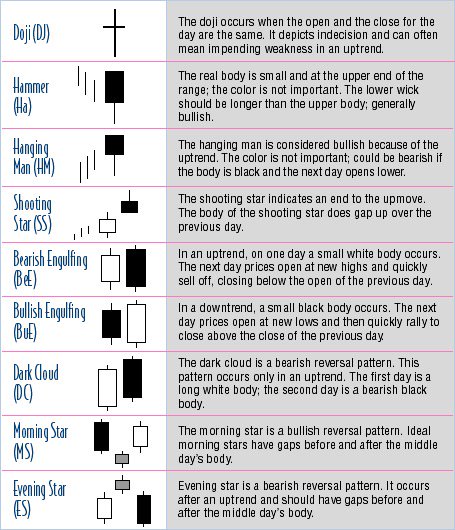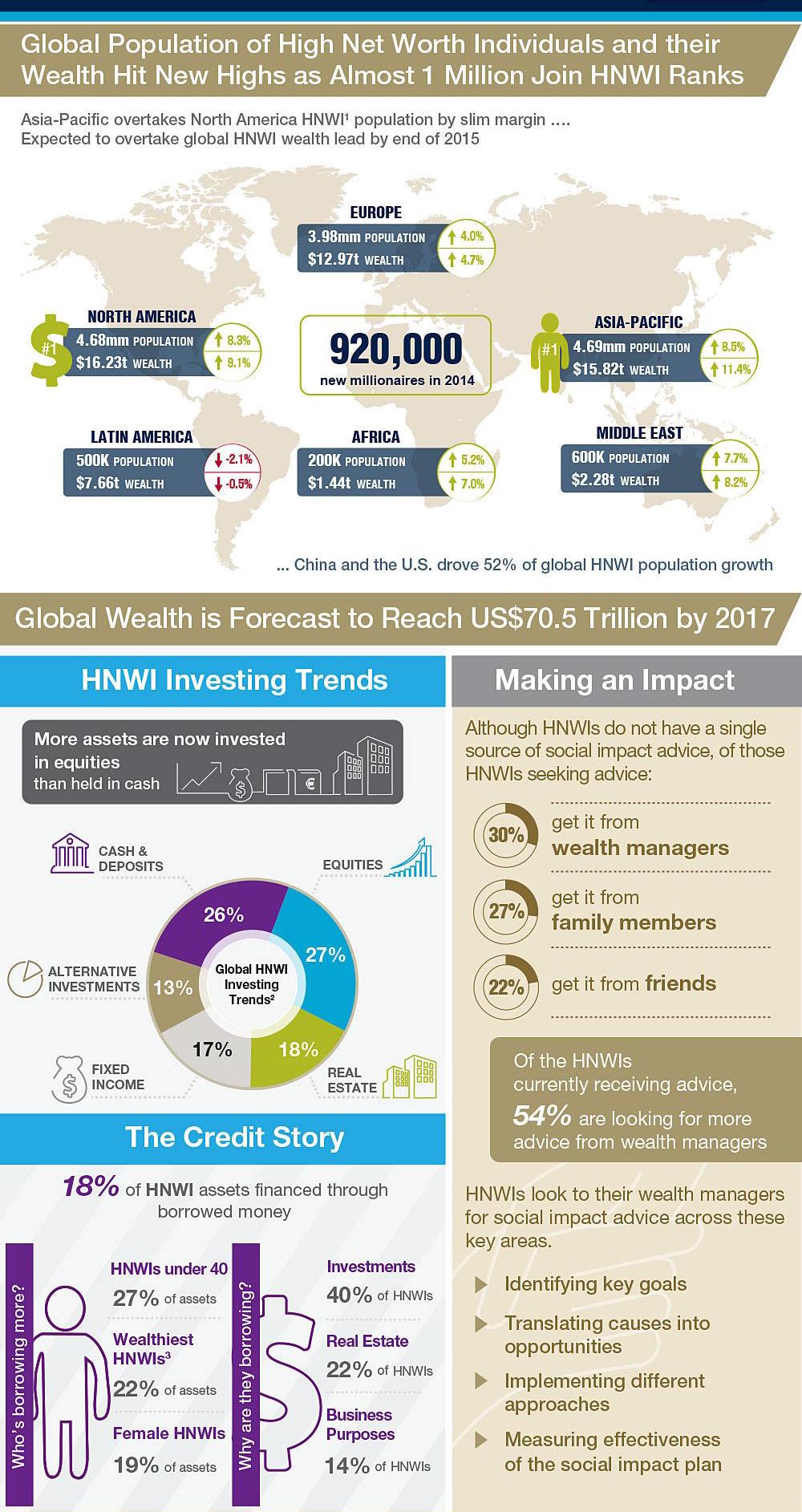
Thought For A Day


 About a month or so ago, I finally got around to reading Marty Schwartz’s classic, Pit Bull, which I can best describe as a colorful autobiography that uses the 1980s options world as a palette for many amusing anecdotes that are expertly conveyed. The book was such a fun read that I went through the whole thing in no more than 2-3 days, cobbling together bits and pieces of ‘free time’ in order to do so.
About a month or so ago, I finally got around to reading Marty Schwartz’s classic, Pit Bull, which I can best describe as a colorful autobiography that uses the 1980s options world as a palette for many amusing anecdotes that are expertly conveyed. The book was such a fun read that I went through the whole thing in no more than 2-3 days, cobbling together bits and pieces of ‘free time’ in order to do so.
Schwartz’s book is pure entertainment and touches only briefly on methodologies and techniques, yet I was able to pull quite a few investment-related nuggets from it in a short period of time, with the added benefit that the learning process was all fun and no pain. The process got me thinking that perhaps the fastest way to effortlessly bombard the brain with useful investment ideas are those easy reads that provide a personal historical window into the markets.
I am contrasting this process with the process I went through in trying to read and digest the ideas in Alan Farley’s The Master Swing Trader, which, despite the many interesting ideas, is about as fun to trudge through as Hegel.
With this in mind, I offer the following ten books as relatively effortless ways to cross-pollinate your investment thinking with that of some of the better minds in the field, both past and present.
Roughly in order of how quick and easy they are to read:


One of the most informative documentaries on the 1929 crash. A tale of fear, greed and the fragility of the system.
Becoming a millionaire, even a multimillionaire is not all that extraordinary, becoming a billionaire is. What do self-made billionaires (and there are about 800 of them in the world) have that the rest of us don’t? John Sviokla and Mitch Cohen tackle this question in The Self-Made Billionaire Effect: How Extreme Producers Create Massive Value (Portfolio / Penguin, 2014).
These billionaires (or Producers, as the authors call them) may be wired differently. They certainly think differently. They balance judgment and imaginative vision, a daunting mental task since “for most people, judgment and imagination sit on opposite ends of a mental spectrum. The more skilled one is at seeing things as they are (judgment) the harder it is to see things as they might be (imagination).“ (p. 4) Not only do they “revel in bringing clashing elements together,” “they seamlessly hold on to multiple ideas, multiple perspectives, and multiple scales.” (pp. 16, 15)
Since they “cannot predict the exact time to make an investment, … they are willing to operate simultaneously at multiple speeds and time frames. They accept that timing is not under their control, and so they work fast, slow, super slow, or in all these modes at the same time. They urgently prepare to seize an opportunity but patiently wait for that opportunity to fully emerge.” (p. 19)
|

This is a very inspiring video that you should all check out: